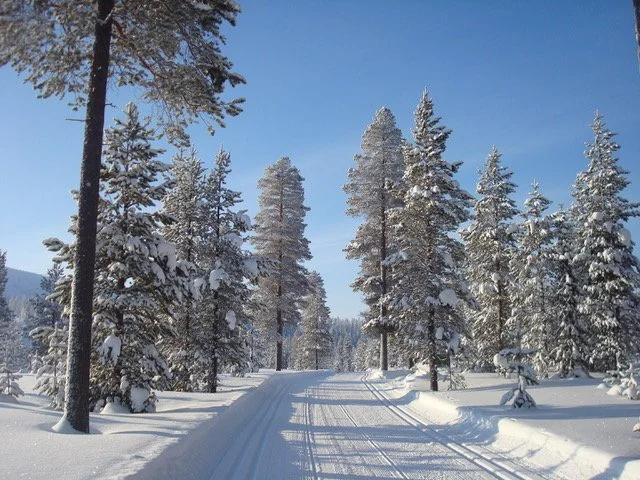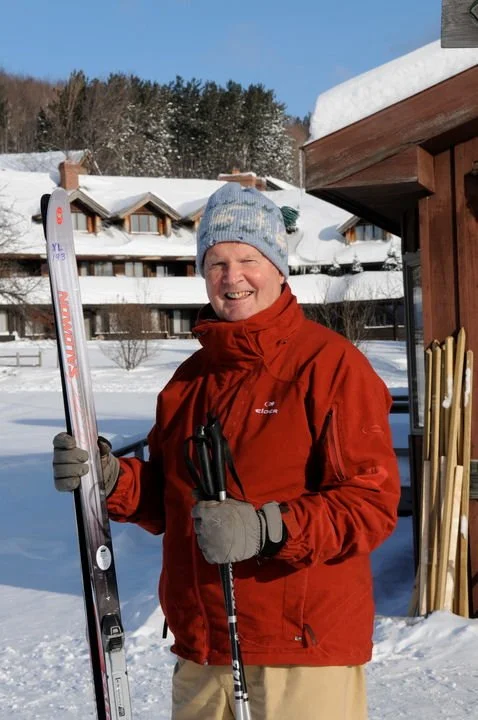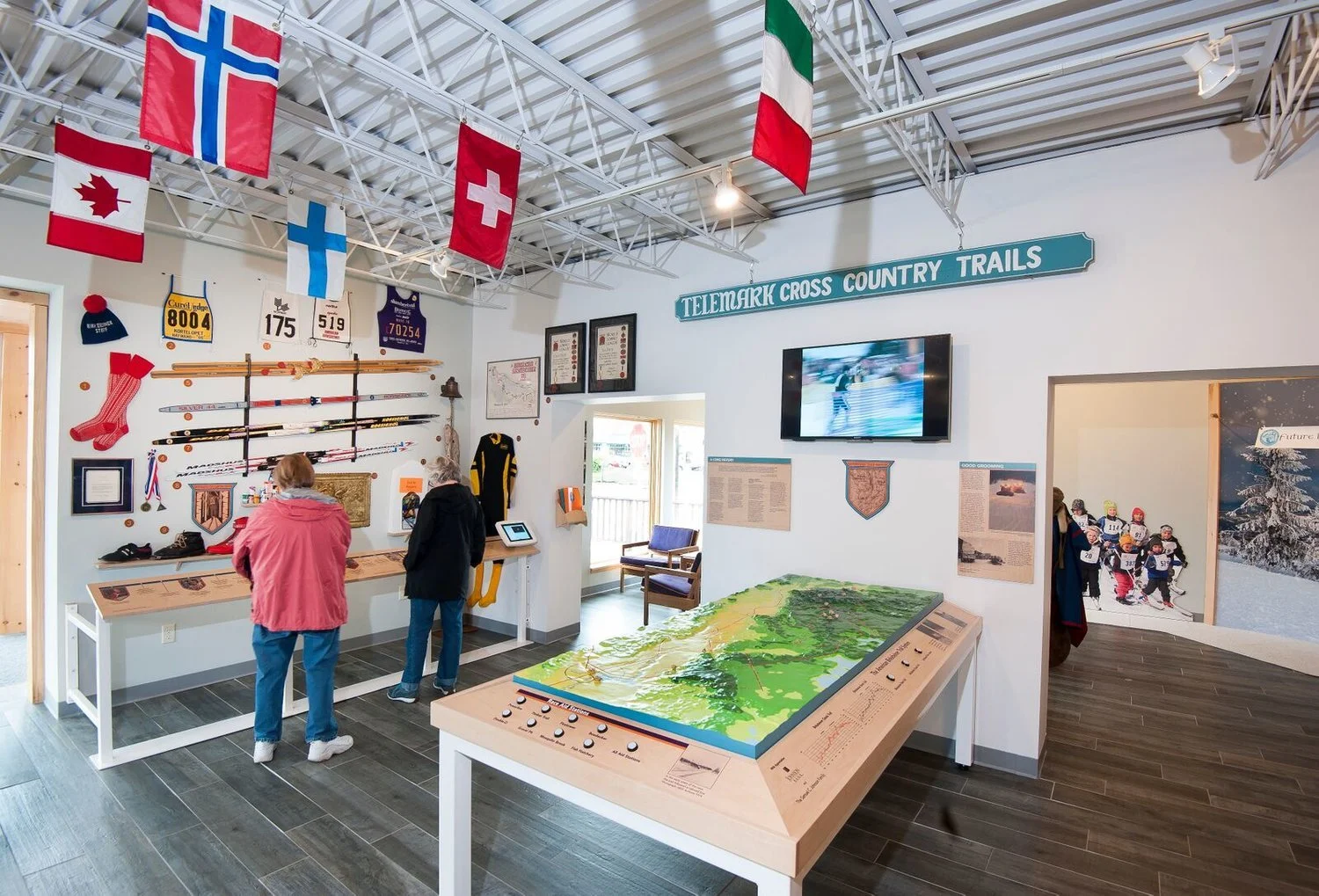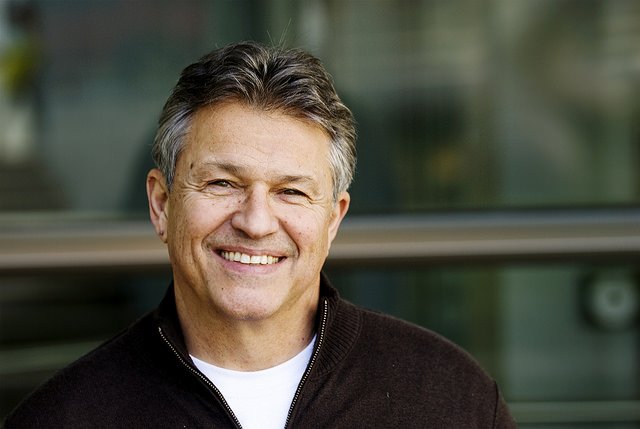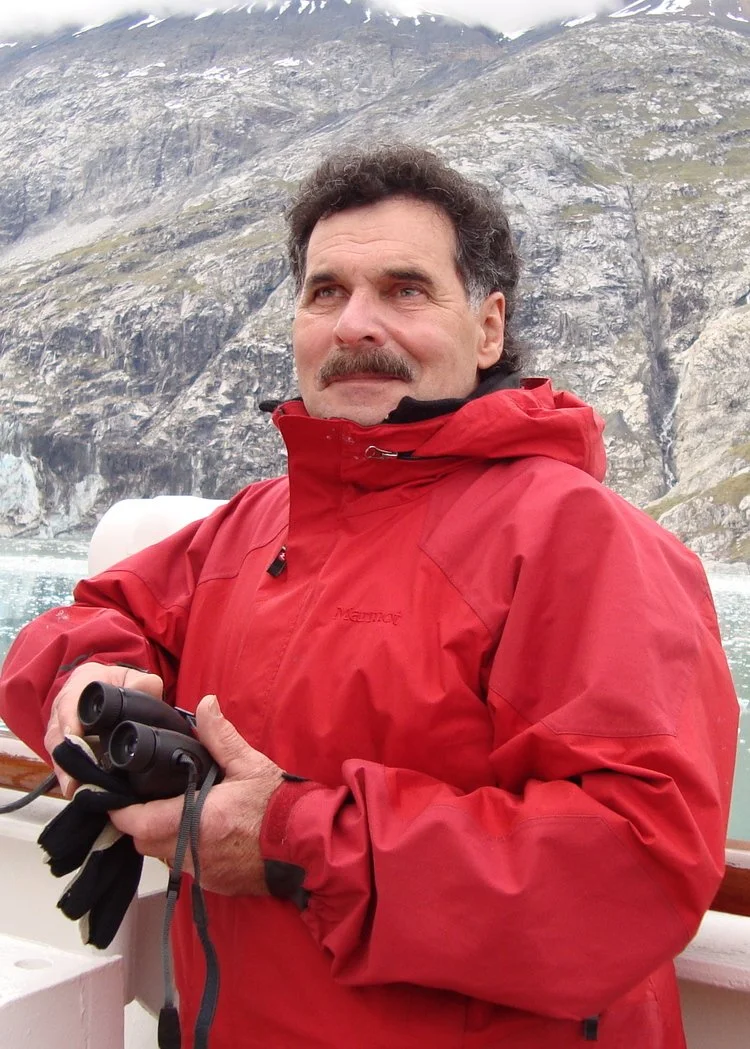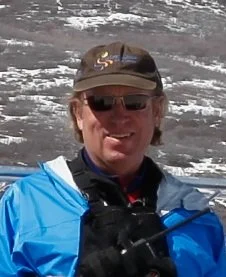Jobe was instrumental in growing the Far West Junior Nordic Program and also coached Truckee youngsters in XC skiing, helping develop the sport in the area to what it has become today. In 1992, Jobe decided that he’d had his fill of running XC centers and he became a real estate appraiser — but he still loved coaching. He coached on and off from the 1970s through 2005 for Far West Nordic, primarily out of the ASC Training Center. He still coaches several clinics every winter, but his real passion is coaching biathlon.
In 2008, Northstar’s Nordic center started a biathlon program and Jobe was hired to run it under the auspices of the ASC Training Center. After two years, the program moved to the ASC Training Center on Donner Summit where it resides today. Jobe now has 40 to 50 students in the program from youth to masters. “We have a really strong group right now. We had a skier in the Biathlon World Cup, and two juniors went to the Norway Youth Competition. It is really exciting, the only year-round biathlon program on the West Coast,” says Jobe.
Jobe lives in Sierraville and there he finds the best of both worlds. He gets to ride horses and do some cattle work on a neighbor’s ranch, and then he jumps in the car and takes the beautiful drive to Donner Summit to show the next generation of biathletes how it is done.
Don’t Go Out Like You’re Killing Snakes
As temperatures fail to climb above freezing and wind whips snow around the shooting range and course at Auburn Ski Club, a group of youngsters look at their coach, eyes and expressions indicating they don’t want to leave the warmth of the clubhouse.
“Well, biathlon’s a winter sport,” the coach says matter-of-factly to the students, and the group, knowing there’s no arguing with the longtime head of biathlon at the club, heads out into the conditions for that day’s practice.
Part of what athletes have come to know Jobe for is his laconic style, which is filled with one-liners that often leave students scratching their heads.
“When we go out to ski in between shooting intervals, he’ll be like, ‘Well, don’t go out like you’re killing snakes,’” said a racer, who sought out Jobe after watching biathlon during the 2014 Winter Olympics. “The first time I heard that I was like, so what does that mean?”
Jobe grew up on a ranch in Northern California, and it’s from that background that most of his sayings like, “ski like a long-tailed cat in a room full of rocking chairs” or “all over it like a wild soda,” come from.
“They come out and I don’t even think about it,” said Jobe. “It was real Western where I grew up. It’s just that kind of rural culture. We grew up ranching and riding and moving cattle. Those old timers that I grew up around, they had all these sayings, and some of them stuck.”
The work ethic instilled by growing up on a ranch stuck with Jobe as well. Those at the club would often try to beat him to practice early in the morning, but each time they pulled into the parking lot, Jobe would already be there, often in the dark with snow blowing sideways, shoveling out targets.
One racer commented, “Those winters where it would be dumping and snowing and you’d be looking at your phone to see if practice was canceled … and Glenn would’ve been up there since 5 o’clock in the morning.” He would be up there digging out the targets. They’re metal targets, so if they’re frozen they’re not going to work. He’d chip out each and every single target, so that he could have the range open at 7. He’d get them dug out and get them functioning. That work ethic and that capacity for hard work is phenomenal. It’s inspiring.He pushed us hard. We went up to his Alturas ranch a few times with him and we stayed up there, and he made us shovel ditches and do a lot of country boy style work … he was fun to be around.”
For nearly the past decade, Jobe has been a fixture at Auburn Ski Club, showing the area’s next generation of athletes the ropes.
Saying Goodbye
Following the final biathlon race of this past season at Auburn Ski Club, Jobe stepped down as director and coach, and while he’s officially retired, the longtime coach isn’t about to stop offering his insight and experience to those at the club.
“I’m retiring as the program director and head coach,” said Jobe. “But I’m going to continue on as a volunteer for Auburn Ski Club and the biathlon program.”
Following the season finale on March 24, dozens of the area’s top athletes and coaches turned out at the club to pay tribute to Jobe, capping off the year with a retirement ceremony for a local icon of the sport.
“When you’ve been somebody like Glenn who has influenced and enriched so many generations of athletes who are grown and gone, and now have their kids back in the program because of Glenn, you can’t retire,” said Auburn Ski Club Executive Director Bill Clark during the ceremony.
Clark’s prediction proved true. Just day’s after the ceremony, as new biathlon coach Brian Halligan took a small group of athletes to Vermont to compete in nationals, Jobe could be found at the club, giving instruction to the remaining members of the team. “He opened the range and was the coach at practice on the weekend. It just epitomizes Glenn … you’re coming out of retirement after four days. He’s still such an integral part of the program.”
In a sport where results can vary wildly, Jobe has been the consistent driving force behind the area’s biathletes, and though retired, will likely continue that role in some form or another. Jobe commented, “I just feel fortunate to have the opportunity since the mid-70s to coach and work with a great group of coaches, athletes, and families. It’s just been fun for me to stay involved in a sport that I have a passion for.”
Excerpted from stories in the Sierra Sun (Justin Scacco) and Tahoe Weekly (Tim Hauserman).


